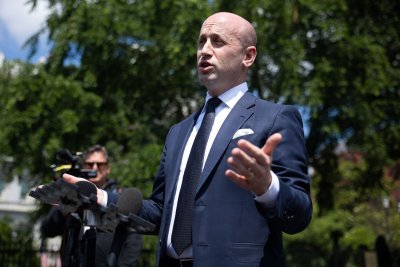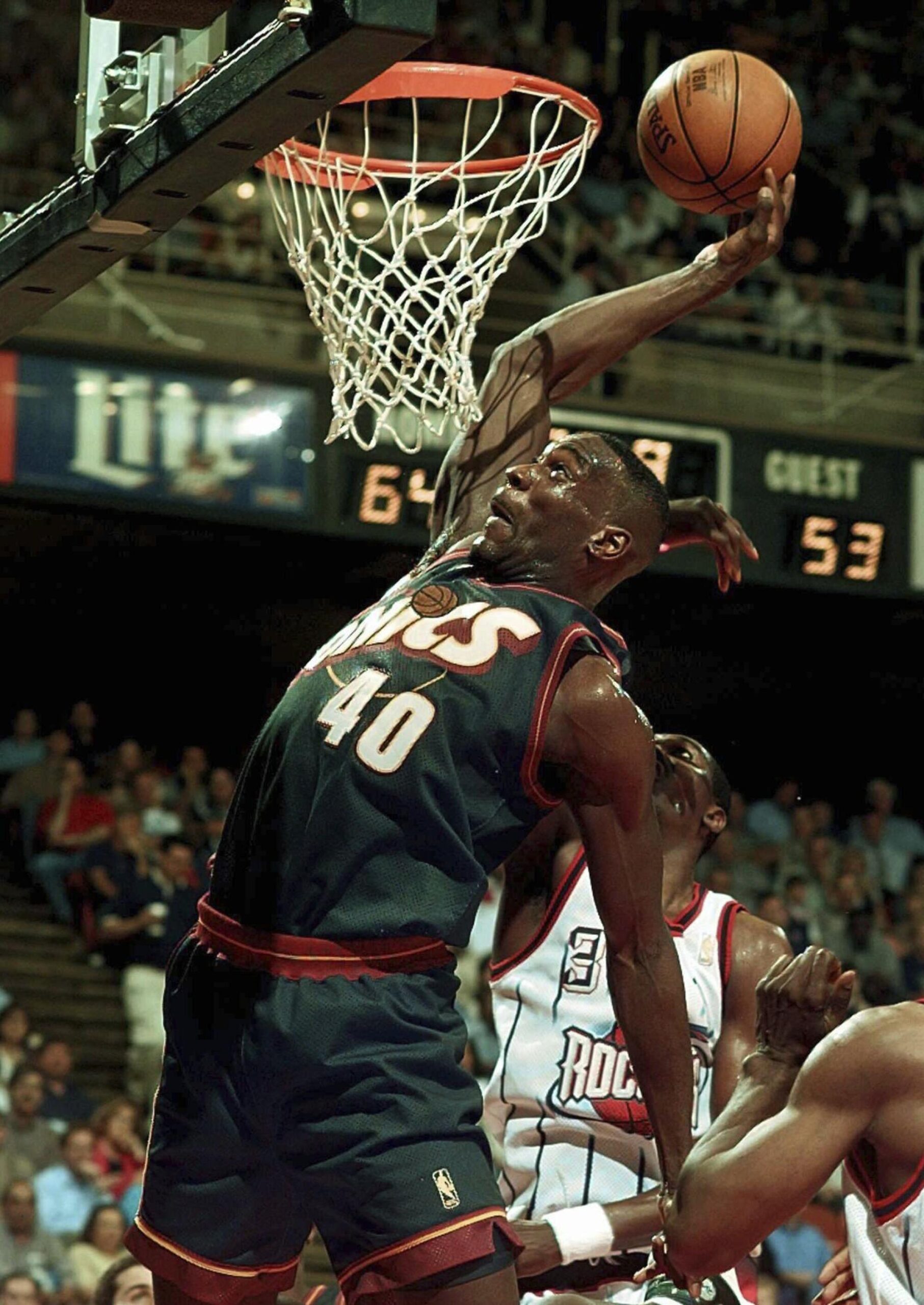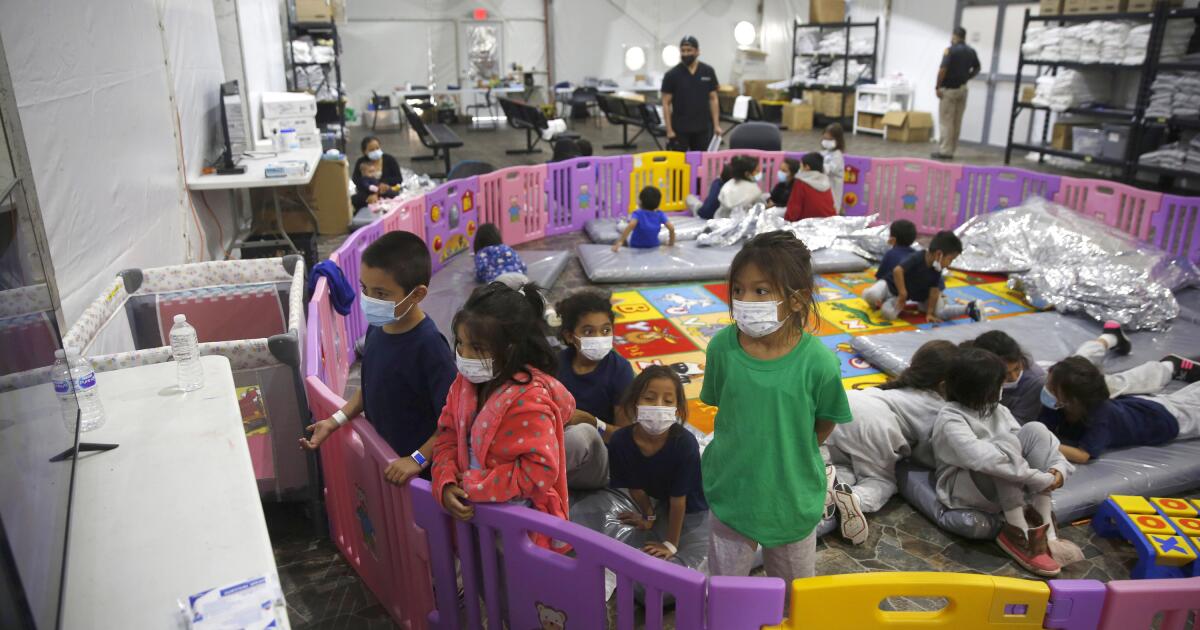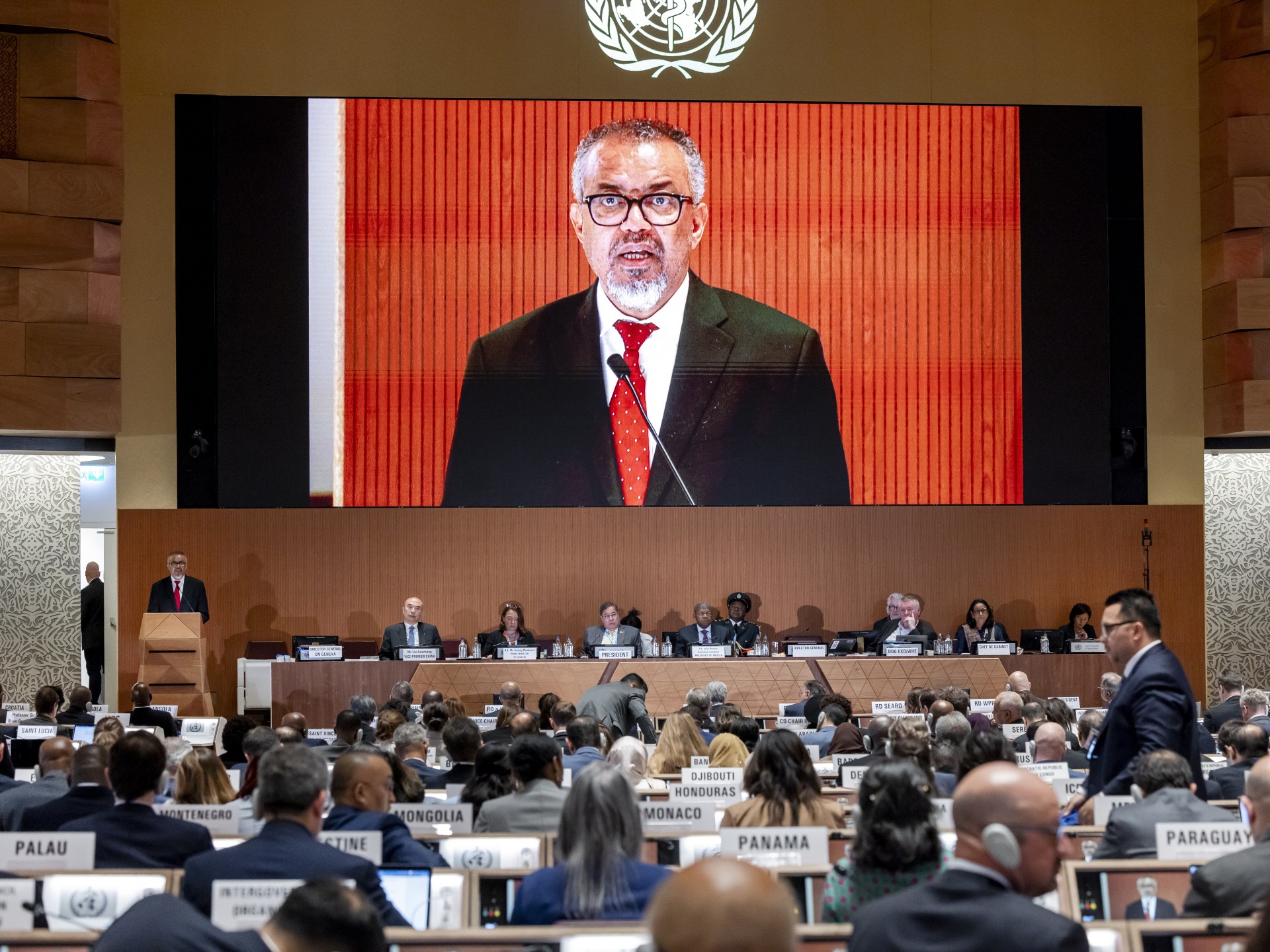President Donald Trump says China ‘violated’ U.S. trade agreement

May 30 (UPI) — President Donald Trump on Friday accused China of violating a trade agreement with the United States.
“I made a FAST DEAL with China in order to save them from what I thought was going to be a very bad situation, and I didn’t want to see that happen. Because of this deal, everything quickly stabilized and China got back to business as usual. Everybody was happy! That is the good news!!!,” Trump wrote on Truth Social.
“The bad news is that China, perhaps not surprisingly to some, HAS TOTALLY VIOLATED ITS AGREEMENT WITH US. So much for being Mr. NICE GUY!”
The president did not specify which trade agreement China was violating.
Just over two weeks ago, the United States and China reached a deal to pause tariffs between the countries for 90 days. China also reduced tariffs on American goods to 10%, down from 125%, while American officials cut tariffs on Chinese goods from 145% to 30% as part of the deal.
Trump in early April announced he would enact tariffs on several countries worldwide. He later upped the number to 145% on China after that country responded to the initial levy with duties of its own on U.S. goods.
China later said it could punish other countries that side with the United States in the trade war.
Earlier this week a federal appeals court blocked the Trump administration from enacting the tariffs on most American trading partners.
“President Trump is carrying out the long-overdue work of rebalancing the global economy to the benefit of the American people,” Treasury Secretary Scott Bessent said on X Thursday.
“I am confident that the Chinese, and the rest of our trading partners, will come to the table thanks to his leadership.”
Bessent also called trade talks in general with China “a bit stalled.”
At the time the agreement was reached in Geneva, Switzerland, Bessent said the two sides engaged in “very robust discussions.”
Bessent and U.S. Trade Representative Jamieson Greer led the American delegation during discussions.
The “United States did exactly what it was supposed to do, and the Chinese are slow rolling their compliance,” Greer told CNBC in an interview Friday.






